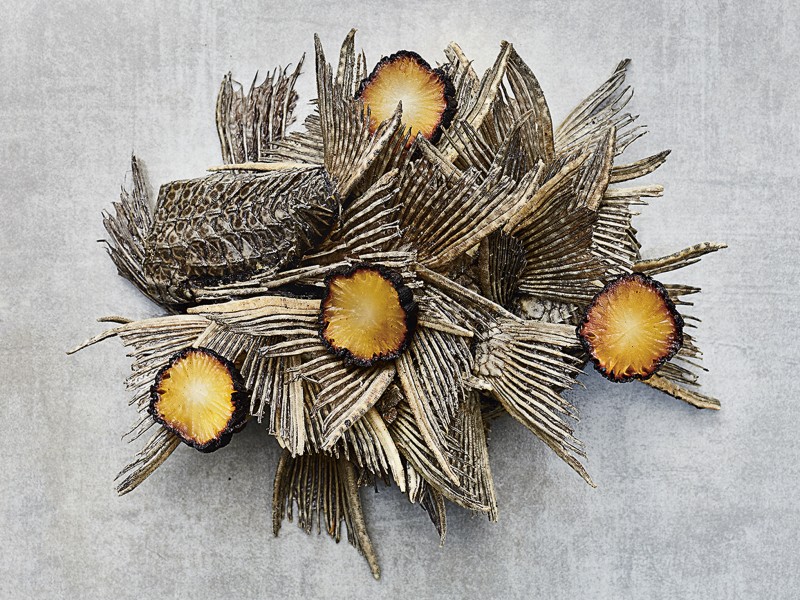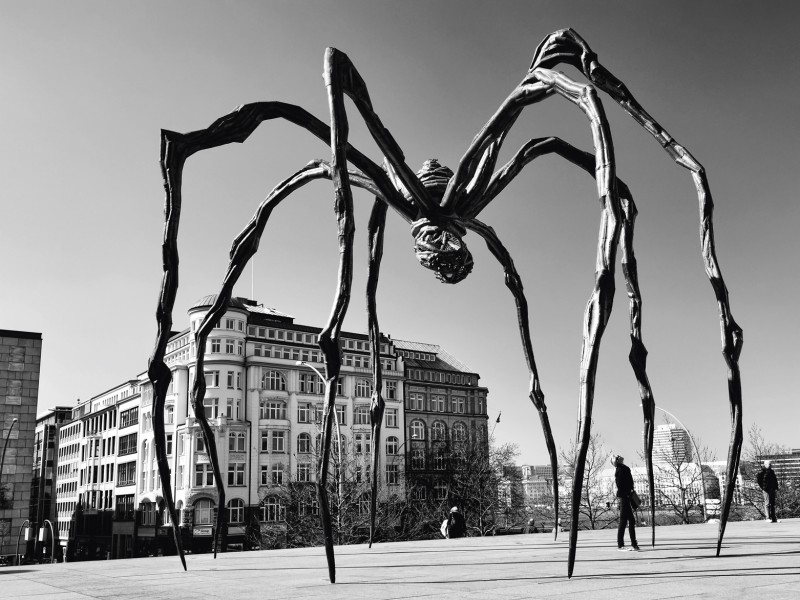Robert Melville admits to obsessively drawing cars when he was a boy. He still does, though today it’s as design director at McLaren Automotive. Melville embodies the mindset and drive that has defined McLaren since Bruce McLaren set up his Formula One team in 1963. Melville’s enthusiasm is infectious and his drive is as boundless and beautiful as the cars he designs.
Kyle Fortune: Can you describe McLaren’s design direction to me?
Robert Melville: McLaren’s design direction up to now, and into the future, is always built around a key phrase, which is everything for a reason. It leads us down a very specific route regarding the design—the engineering design, the stories we tell and the attributes our vehicles have, everything ultimately is linked and that’s what makes our approach unique. By working hand in hand, very much in a synchronised fashion with engineering and concept designers, it allows us to create very authentic designs with a lot of integrity.
If you walk around our cars and our future cars you can actually work out why they are the shapes they are. The profiles we’ve used, the surfaces, the lines, is geared around creating down-force, in keeping the air attached, in keeping the efficiency of the radiators, the very tight, compact cabin to reduce frontal area. Every element has a story and a reason behind it.
KF: With sports cars being at the level of performance they are now—the demands, the cooling, the down-force, the brake, engine cooling and suchlike—that must create some interesting conflicts and challenges between you and the engineers … Is compromise a word that you understand at McLaren? Or is it something you just throw out the window and say ‘no, we can make this work, we can design a solution’?
RM: Absolutely. We talked about this the other night, actually. That question came up: if you must compromise, how do you compromise? The design process is really all about compromise. It’s about negotiations, about the different themes and different stakeholders. You may not get 100% of what you want, but we actually all respect and understand each other’s viewpoint and differing requirements. What you deliver, ultimately, is a product that is correct for the customer and for the job it has to do.
When you go back and ask, how do I keep the visual drama? How do I keep the design quality? Whilst delivering other attributes—which are essential and you cannot compromise—and finding beautiful, elegant solutions to technical problems. That’s where our skill set is really applied. So, yes, negotiation, compromise, there’s no getting away from it. Actually that’s the part of it I really enjoy, I enjoy the problem solving side of it.
KF: As a designer it must be quite liberating working for a firm that is so progressive, so embracing of that. Within McLaren you’re working in a relatively small organisation, with very focussed people, you’re very clear on what you’re producing, and you all understand that. That must be fantastically exciting for you as a designer, and indeed for the wider team?
RM: Absolutely, that’s a great question actually, because everyone is so passionate about what we do. We really do concept cars for the road. And again, honestly, I was just talking about this yesterday with a clay modeller, and we were saying, if you look at all the different brands and you look at what we’ve done, and what we’ve managed to get out on the road in the segment those cars are in, there’s nothing else that comes close. In terms of the concepts, the complexity in areas, just the creative thinking that’s been able to make it out onto the road, it really is second to none and it really is huge praise to all the teams involved.
KF: One of the things I’ve always found fascinating about McLaren is this legacy of what you just discussed; indeed it seems to be Bruce’s [Bruce McLaren] way of running his race team, that acceptance of innovation, of the potential to explore different ways of thinking.
RM: That all goes back to that everything for a reason. You build the car around no trends, but authentic requirements and authentic execution, and that, I’ve always really believed, is what makes iconic products. You look at architecture, whether it’s Le Corbusier or Braun watches and radio alarm clocks, they were simpler and less technical than cars, but they were iconic and very clever in how they were designed. They did what they had to do, without any decoration and without any trend.
KF: We all know the famous story of Bruce, cutting away the bodywork of his race car when he saw the fuel filler flap moving in the airflow. That clearly manifests itself in how McLaren operates as a business. You’re prepared to take risks and innovate across the board, and your customers seem to embrace that, don’t they?
RM: Absolutely, our customers, our wider audience, really appreciate how brave we are. In the design studio we have a cultural guide and one of those design guidelines is ‘always brave’. Right back to Bruce’s day, everyone that has worn that McLaren team shirt has to have that mentality. You have to have that brave, fearless approach. Otherwise you won’t fit in here, and won’t deliver what McLaren delivers, which is innovative and ground-breaking products.
KF: How do you do that? The mind boggles when you consider how a car is engineered and designed. From your perspective, you must wake up and think we’ve got a big product push at the moment, we’ve done these cars and we’ve got these coming. Every time you introduce something, they’re always lighter, faster, better, are those advantages getting smaller, and how do you find those?
RM: On all the cars we’re looking at for the future, it’s like a sports suit, if you look at all the areas in detail you can make incremental gains, and if you can make many incremental gains then you can make a step change. We actually deal with sports coaches and trainers, and that mentality of be prepared to fail, take the risks up front, upstream. If you work towards the end product you work through the funnel, you’ve taken the chances, you’ve experimented, cherry picked the successful ones, take the incremental gains and that makes it into the final product.
KF: Electrification and hybridisation, the future, that gives the engineers the possibility to break convention. That must be exciting for you?
RM: Certainly within our thoughts and plans. Mike [Flewitt] has been quite open about an EV mule car running around. But when you look at the sports and supercars, we were the first with the P1 Hypercar to offer a hybrid. The natural progression is that EV’s are in the plans. There are different ways of doing it, supplying it and maximising the benefits. If we do go down that route we’ll do so if we can McLaren-ise it. It’s got to be McLaren.
For more visit www.mclaren.com
Related Features
-
232
-
-
-

